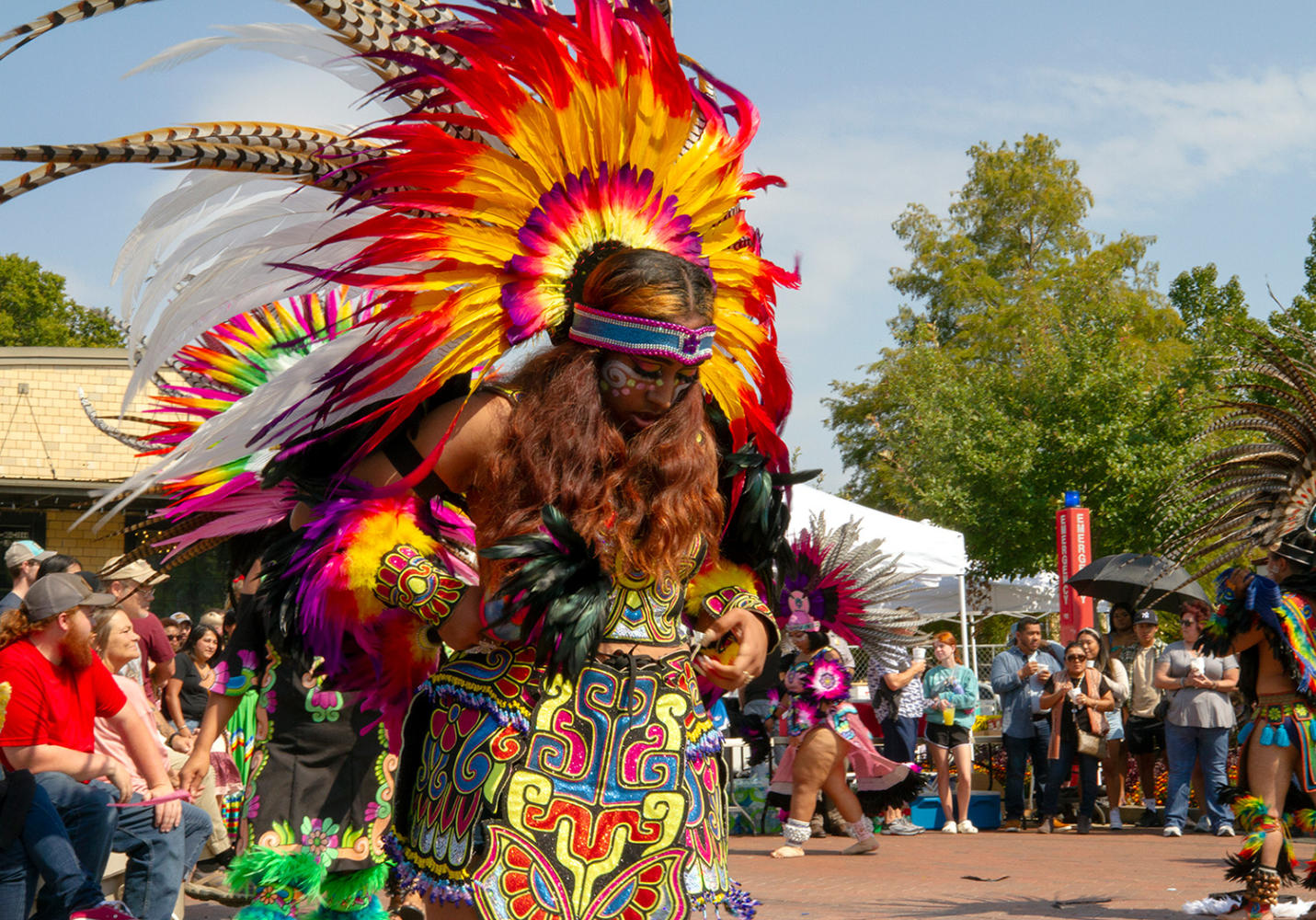Bowling Green, Kentucky, a city nestled in the southern part of the state, is a place rich with history and vibrant culture. As the third-largest city in Kentucky, it boasts a legacy shaped by its geography, its people, and its role in regional and national events. The city’s charm lies in its unique blend of historical significance and cultural evolution, making it a fascinating subject for anyone interested in local American history.Founded in 1798, Bowling Green was named by pioneers who reportedly rolled bowling balls down a hill as a way to celebrate. Whether legend or fact, this playful origin story fits the character of a city that has always balanced seriousness with a lighthearted, welcoming spirit. Early settlers were drawn to the area for its fertile land and proximity to the Barren River, which allowed for easy trade and transportation.Bowling Green’s historical prominence surged during the Civil War. It was declared the provisional capital of Confederate Kentucky in 1861 due to its strategic location and rail connections. This era left a lasting imprint on the city, with sites like Riverview at Hobson Grove standing as preserved testaments to the period. The house, now a museum, was once used by Confederate troops and offers visitors a glimpse into life during wartime.After the Civil War, Bowling Green experienced steady growth as it capitalized on its central location in the South. The arrival of the Louisville and Nashville Railroad helped transform the city into a key commercial and transportation hub. These developments encouraged population growth and the establishment of new institutions, including schools and businesses that further cemented Bowling Green’s importance in the region.The city is perhaps best known today for being the home of the Chevrolet Corvette. Since 1981, the General Motors Corvette Assembly Plant has produced every Corvette sold, earning Bowling Green the title “Home of the Corvette.” Adjacent to the plant is the National Corvette Museum, which draws automobile enthusiasts from across the country and adds a modern industrial note to the city’s historical portfolio.Bowling Green’s cultural heritage is also reflected in its architectural diversity. From antebellum homes and historic churches to mid-century commercial buildings, the city presents a timeline in brick and mortar. Fountain Square Park, the historic centerpiece of downtown, exemplifies this charm. The park, with its ornate fountain and surrounding 19th-century buildings, serves as a communal gathering place and a visual reminder of the city’s past.Education has played a pivotal role in shaping the city’s identity. Western Kentucky University (WKU), located atop a commanding hill overlooking the city, is a beacon of learning and culture. With its iconic cherry hall, WKU has nurtured generations of students while also serving as a cultural hub with its museums, art exhibits, and public lectures. The university’s impact on the local community cannot be overstated.Music and the arts are alive and well in Bowling Green. The city has a storied bluegrass and country music tradition, with local venues regularly showcasing regional talent. Moreover, the Capitol Arts Center, housed in a restored 1920s vaudeville house, offers performances ranging from theater productions to musical acts, highlighting the city’s dedication to preserving and promoting the arts.Festivals and events throughout the year provide further insights into the city’s culture. The Bowling Green International Festival, for instance, celebrates the diversity of the community with food, music, and performances from around the world. This event, among others, emphasizes the city’s evolving identity as a place where local traditions and global influences meet.The local culinary scene has also flourished, offering everything from traditional Southern fare to international cuisine. Restaurants often incorporate locally sourced ingredients, showcasing the region’s agricultural bounty. Dining in Bowling Green is not just about eating; it’s an experience steeped in community and tradition, often shared in family-owned establishments that have operated for decades.Bowling Green is also home to a variety of museums and historical centers beyond the Corvette Museum. The Historic Railpark and Train Museum offers an interactive experience that recounts the city’s connection to the rail industry. The Kentucky Museum at WKU presents rotating exhibits on regional history, folk art, and cultural narratives that speak to the diversity of the area.Ultimately, what makes Bowling Green’s history and culture so compelling is its continuity and change. It is a city that honors its past while embracing the future. Whether you’re walking along the Barren River, visiting a historical site, or enjoying a local concert, the essence of Bowling Green reveals itself in moments both grand and intimate, past and present. It is a place where history lives not in dusty books but in everyday life.
Local history and culture bowling Green Kentucky


